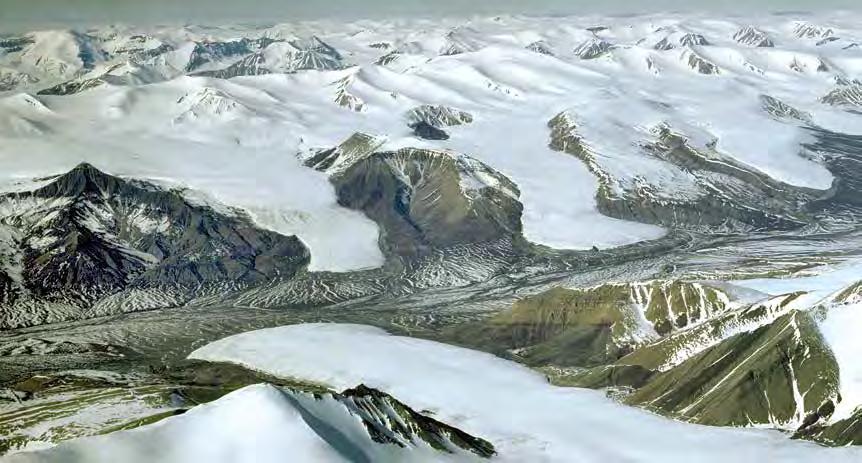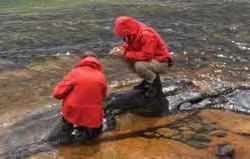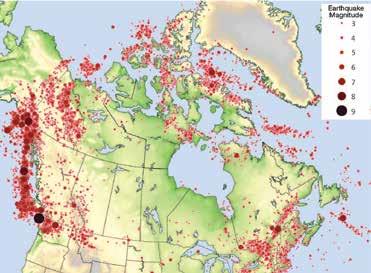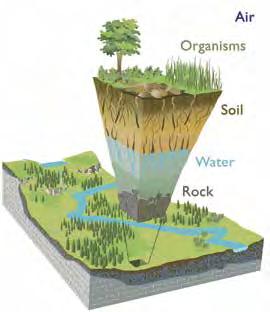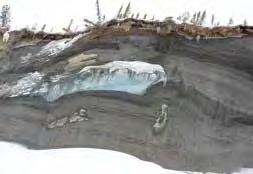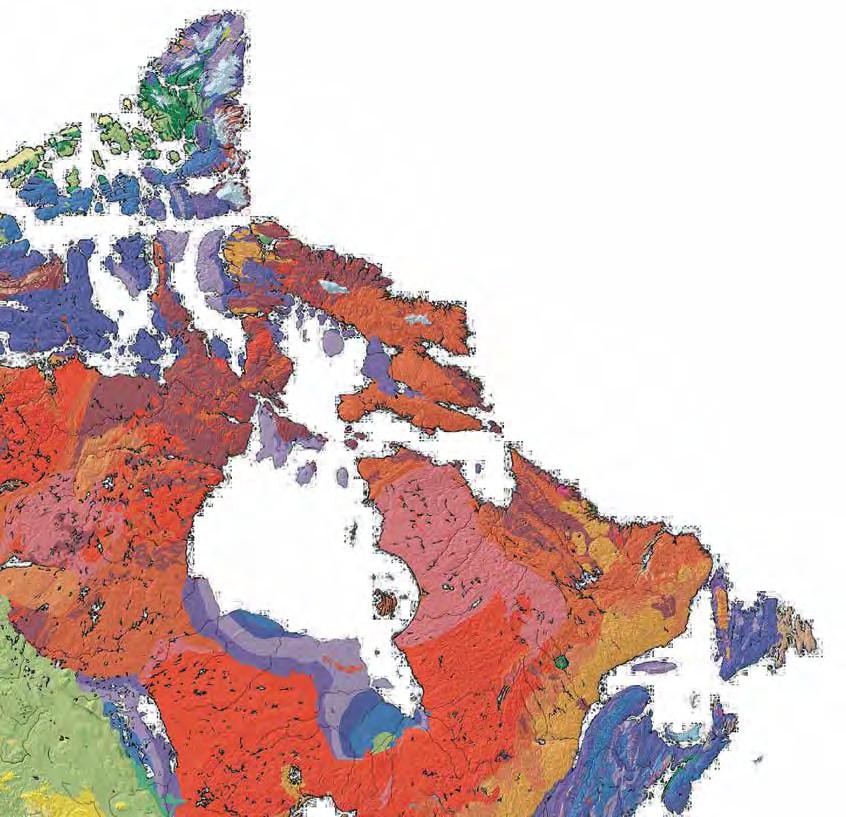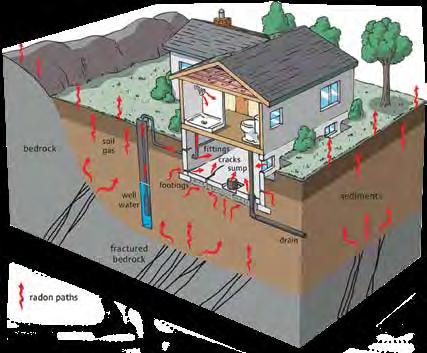
3 minute read
Safeguarding Canada’s water resources for future generations
SAFEGUARDING CANADA’S WATER
RESOURCES FOR FUTURE GENERATIONS
DID YOU KNOW
that the oldest water on Earth was found in a Canadian mine?
Geoscientists drilling into rock at a depth of between 2.4 and 2.9 kilometres in the Kidd Creek copper-zinc mine in Timmins, Ontario, discovered water 10 times saltier than seawater flowing through the ancient rock. The water is between 1.1 and 1.6 billion years old2 and has been trapped in the rocks for eons, isolated from the surface. This water provides a time capsule of the Earth’s environment at a very early stage of its development. Water security is a growing global challenge. Poor water management can lead to potentially disastrous societal impacts ranging from deteriorating human health to food insecurity to broader environmental degradation. Geoscientists study the dynamic interplay between water, environment, landscape, subsurface sediments and rocks, and human society, to help Canadians monitor, access, and sustainably manage our precious water supplies.
Approximately 30% of Canadians rely on groundwater as their primary source of drinking water. It is also used for agriculture, aquaculture, and is a necessary component in a wide variety of industrial activities, including manufacturing, mining, smelting and hydrocarbon production.
The Earth has abundant water, found in the oceans, in the atmosphere, on the land surface, and underneath the ground, including, in some cases, many kilometres beneath the surface. Of course, this water is not always in the right quality, quantity, form, or in the right place at the right time for human use. Understanding the location and limitations of this vital water supply is the role of hydrogeologists.
GROUNDWATER Canada is well known for its millions of lakes. Less well known is the fact that much of the country’s fresh water is stored below ground rather than on the surface. Aquifers are porous and permeable rock units that permit the storage and flow of water beneath the surface. They may be interconnected and are frequently connected to lakes, rivers, and springs on surface. Aquifers, which can be tapped by wells, can range in area from a few hectares to millions of hectares, and in thickness from a few metres to hundreds of
FBY
M. Priddle
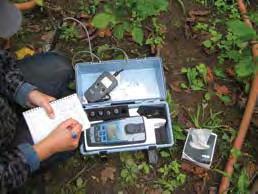
metres. Many communities in Canada rely on groundwater from aquifers for their supply of drinking water. Geoscientists provide critical scientific information to ensure that those groundwater resources are tested, mapped, and assessed for protection and conservation as a sustainable resource. WHO STUDIES CANADA’S WATER? Hydrogeologists work to provide secure access to clean, sustainable water supplies. By understanding how water moves across the land surface and through the subsurface, hydrogeologists can calculate water budgets to help in evaluating the water needs of the natural environment and balance those with the water needs of society. They endeavour to understand where and how water flows in aquifers and where to seek new groundwater resources. Working with their colleagues in the various industrial sectors, hydrogeologists also help to monitor and minimise the release and migration of contaminants in groundwater, such as pesticides, fertiliser, or seepage from landfills and industrial waste. Hydrogeologists translate this information into knowledge for effective and wise groundwater governance by a wide range of decision-makers.
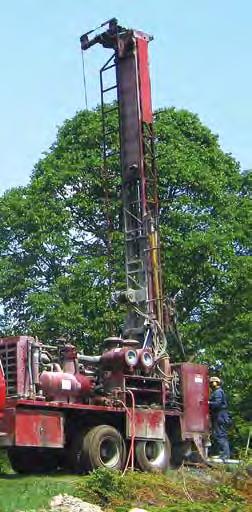
M. Priddle
FROZEN WATER
About 70% of the world’s fresh water is frozen, tied up and inaccessible in glaciers, permanent snow, ground ice, and permafrost. Glaciologists study snow and ice and their physical properties – sampling, monitoring, and using remote sensing techniques to observe how ice sheets, shelves, fields, and ice caps, as well as alpine and arctic glaciers and snow, move and change under different conditions. The ice trapped in glaciers has preserved comprehensive records of changes in the climate over time, particularly the variability of atmospheric pollution, allowing climate scientists to understand past changes in climate.
